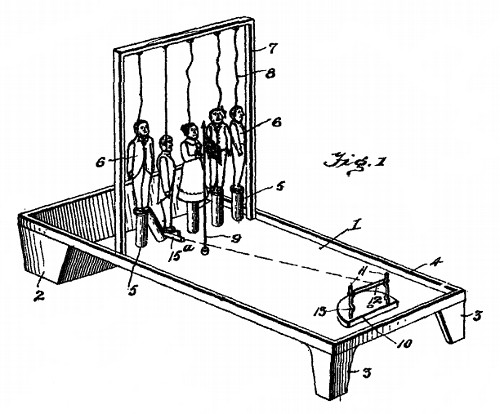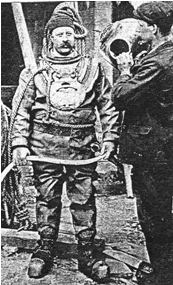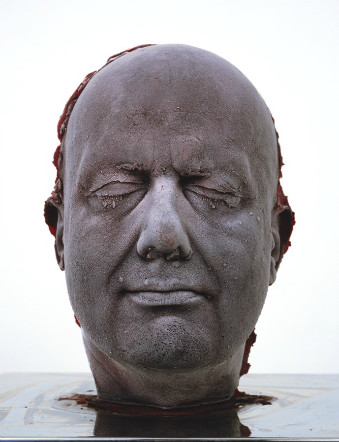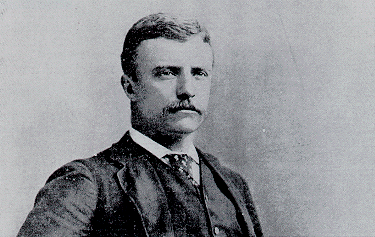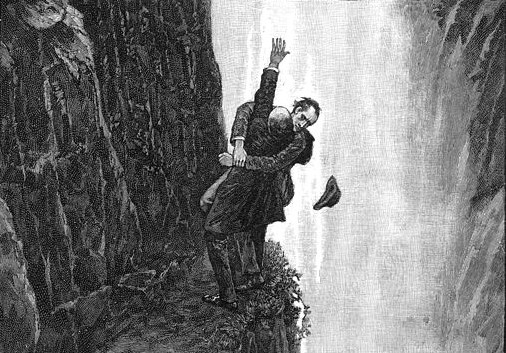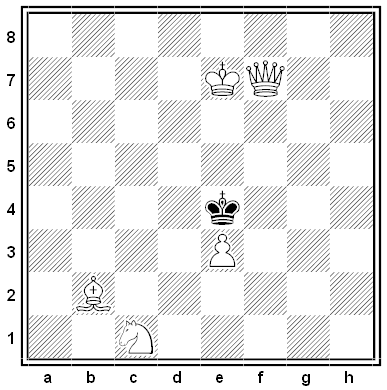
Asked to choose a single “master image” to sum up his work, Steven Spielberg chose this shot from Close Encounters, in which little Barry Guiler opens his living-room door to see the “beautiful but awful light” emanating from an alien spacecraft. “And he’s very small,” Spielberg said, “and it’s a very large door, and there’s a lot of promise or danger outside that door.”
The scene in which Barry encounters midnight visitors in his kitchen won praise for Spielberg’s direction of untrained 3-year-old actor Cary Guffey:
The story is recounted in Joseph McBride’s 2010 biography of Spielberg: “I had to the left of the camera a cardboard partition, and to the right of the camera a second cardboard partition. To the left of the camera, I put Bob Westmoreland, our makeup man, in a gorilla suit — the full mask and hands and hairy body. To the right of the camera, I dressed myself up as an Easter Bunny, with the ears and the nose and the whiskers painted on my face. Cary Guffey didn’t know what to expect. He didn’t know what he was gonna react to. His job was to come into the kitchen, stop at the door, and just have a good time. … And just as he came into the kitchen, I had the cardboard partition dropped and Bob Westmoreland was there as the gorilla. Cary froze, like a deer caught in car headlights … I dropped my partition, and he looked over at me, and there was the Easter Bunny smiling at him. He was torn. He began to smile at me — he was still afraid of that thing. Then I had Bob — I said, ‘Take off your head.’ Bob took off his mask, and when Cary saw it was the man that put his makeup on in the morning, Cary began to laugh. Even though it was a trick, the reaction was pure and honest.”


